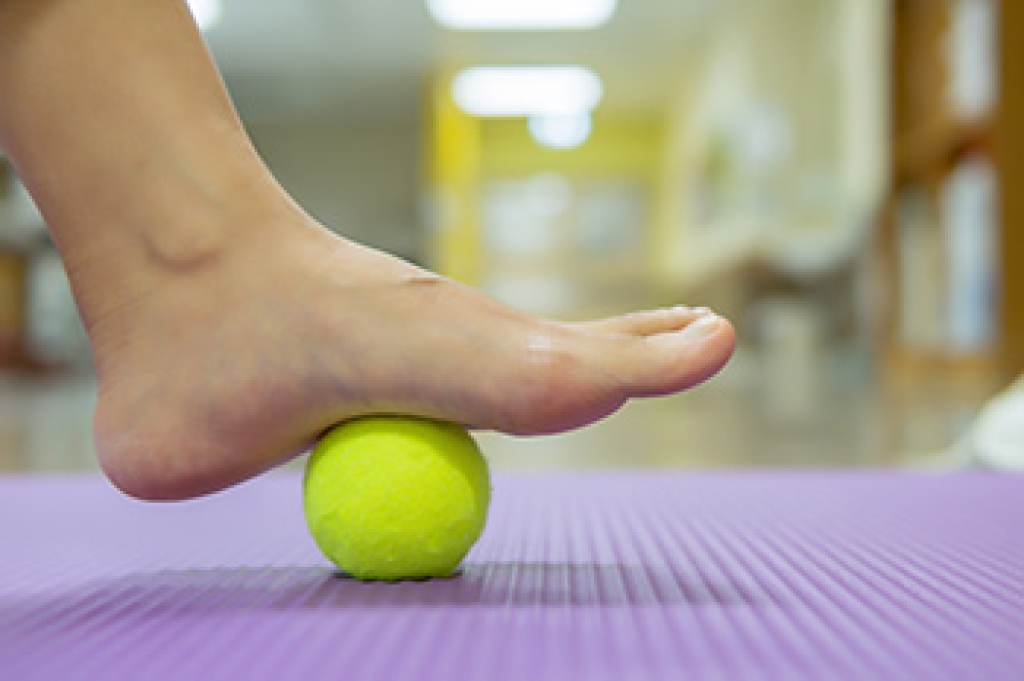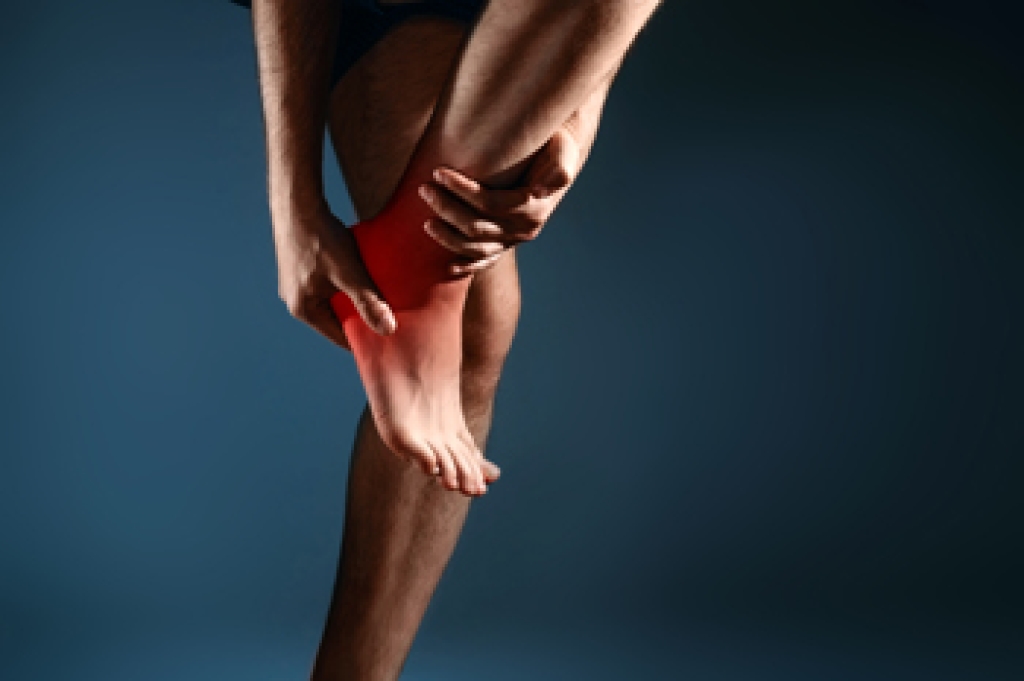
Plantar fasciitis can cause significant heel pain, often resulting from inflammation of the connective tissue along the bottom of the foot. Targeted foot stretches can help relieve discomfort and improve flexibility. Calf stretches and step stretches lengthen tight muscles and tendons, reducing strain on the heel. Doming exercises strengthen the arch, while toe spread and squeeze movements improve overall foot stability and control. Performing these stretches consistently can support healing and prevent further injury. A podiatrist can provide a thorough evaluation, recommend the most effective exercises, and offer additional treatments such as custom orthotics and supportive footwear advice to enhance recovery. If you have plantar fasciitis, it is suggested that you consult a podiatrist who can offer additional remedies and stretching techniques for relief.
Stretching the feet is a great way to prevent injuries. If you have any concerns with your feet consult with Gary Saphire, DPM from Parkway Podiatry. Our doctor will assess your condition and provide you with quality foot and ankle treatment.
Stretching the Feet
Being the backbone of the body, the feet carry your entire weight and can easily become overexerted, causing cramps and pain. As with any body part, stretching your feet can serve many benefits. From increasing flexibility to even providing some pain relief, be sure to give your feet a stretch from time to time. This is especially important for athletes or anyone performing aerobic exercises, but anyone experiencing foot pain or is on their feet constantly should also engage in this practice.
Great ways to stretch your feet:
- Crossing one leg over the others and carefully pull your toes back. Do 10-20 repetitions and repeat the process for each foot
- Face a wall with your arms out and hands flat against the wall. Step back with one foot and keep it flat on the floor while moving the other leg forward. Lean towards the wall until you feel a stretch. Hold for 30 seconds and perform 10 repetitions for each foot
- Be sure not to overextend or push your limbs too hard or you could risk pulling or straining your muscle
Individuals who tend to their feet by regular stretching every day should be able to minimize foot pain and prevent new problems from arising.
If you have any questions please contact our office located in Brooklyn, NY . We offer the newest diagnostic and treatment technologies for all your foot and ankle needs.







